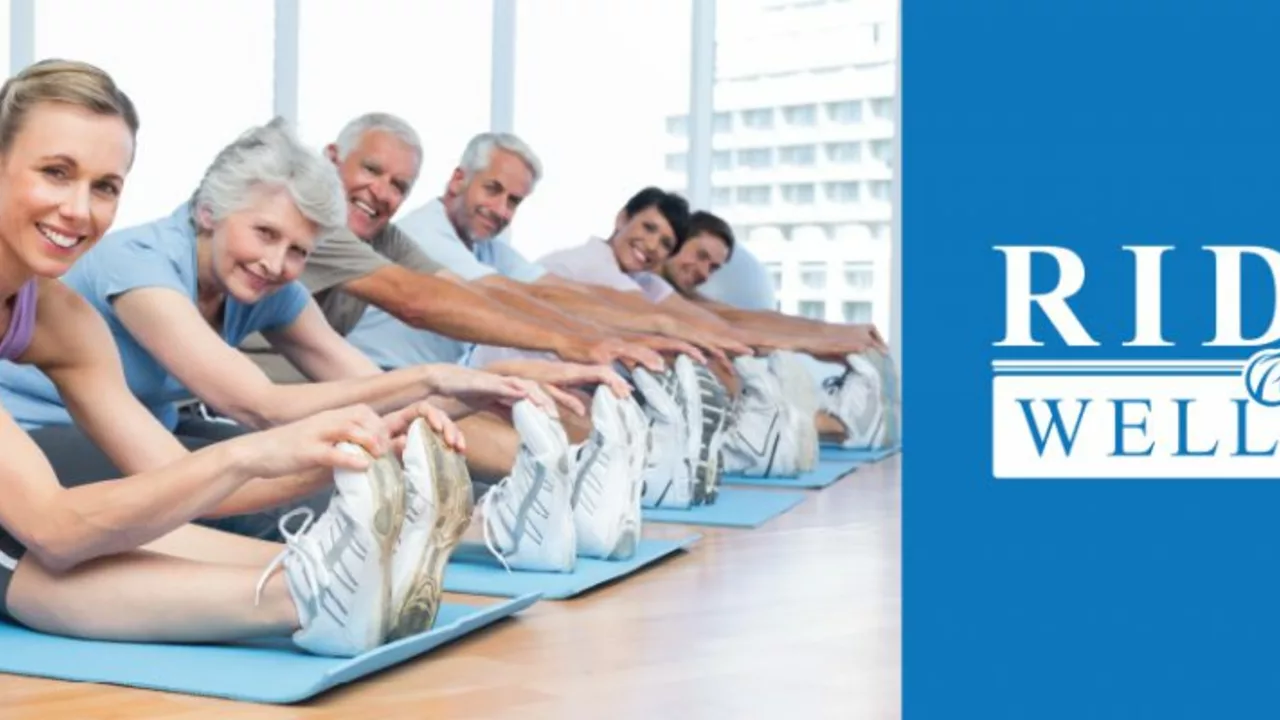Age restrictions: who can do yoga and what to expect
Age rules in yoga are usually simpler than you think. Most studios and teachers care about safety and ability more than a strict birthdate. Still, some classes, trainings and retreats do set age limits. This page tells you what those limits look like and gives clear, practical tips so you find the right class for your age and needs.
Kids and teens
Children often start with play-based or family yoga. Sessions are shorter (15–30 minutes for very young kids) and focus on movement, breath and stories. Many studios offer classes for ages 3–5, 6–9, and teens. Check if the teacher has training in children's yoga — that matters more than the studio name. Parents should look for small class sizes and clear safety rules (no forced stretching, focus on fun and body awareness).
Teens can join regular beginner classes if they have the attention span and basic strength. For teen-specific classes, look for programs that teach alignment, breath work and stress tools rather than advanced poses. Schools and camps sometimes require parental consent for under-18s.
Seniors, pregnancy and health conditions
Seniors can practice safely with modifications. Look for gentle, chair or restorative classes that focus on balance, mobility and breath. A good teacher will offer alternatives for knees, hips and wrists and avoid poses that strain balance without support. If you’re new and have high blood pressure, heart issues or recent surgery, get medical clearance and tell the teacher before class.
Pregnant people should seek prenatal-trained teachers. Most studios welcome pregnant students but recommend modifications from the second trimester onward. Avoid deep twists, intense backbends and breath-holding when advised by a prenatal instructor or your doctor.
For people with chronic conditions (hypertension, diabetes, joint problems), ask about class level, pace and teacher experience. Even gentle Hatha or restorative yoga brings benefits, but personalized modifications keep practice safe and useful.
Teacher training and retreats: many 200-hour teacher trainings and international retreats set minimum ages — often 18 — to meet insurance and legal rules. If you’re under 18 and serious about training, look for youth-specific programs or ask schools if exceptions exist with parental consent. Retreats that include alcohol, long travel, or full immersion may also require participants to be 18+.
Quick checklist before you book any class or training:
- Ask the studio: "Do you have an age minimum or separate kids/teen classes?"
- Ask the teacher about experience with your age group or condition.
- Tell the teacher about injuries, medications or recent surgeries.
- Choose shorter, gentler classes for children and beginners.
- For teacher training, confirm age requirements, refund policy and certification details.
Yoga is for most ages, but the right class matters. Focus on teacher training, class style and clear communication — those three choices protect your safety and speed up progress. If you’re unsure, try a drop-in gentle class or speak to the teacher before you roll out your mat.
Is there an age limit for yoga?
In my exploration of whether there's an age limit for yoga, I found that yoga is truly for everyone, regardless of age. From toddlers to seniors, everyone can benefit from its calming and strengthening effects. However, it's essential to choose a style and intensity level that suits one's age and physical condition. Seniors or those with certain health conditions should particularly seek gentle yoga styles under professional guidance. So, no, there isn't an age limit for yoga, but personalization is key.
